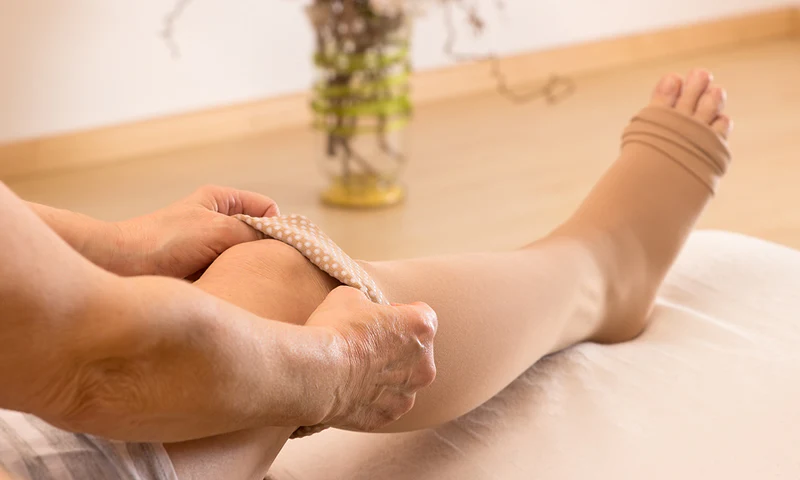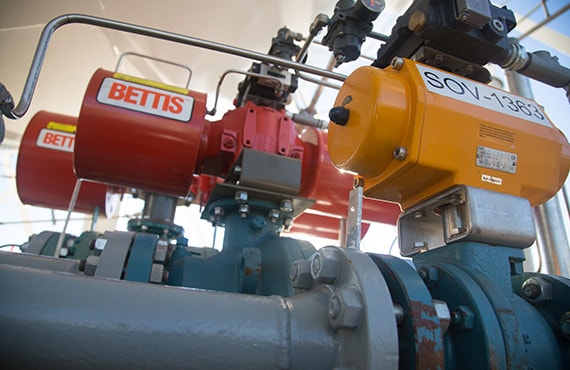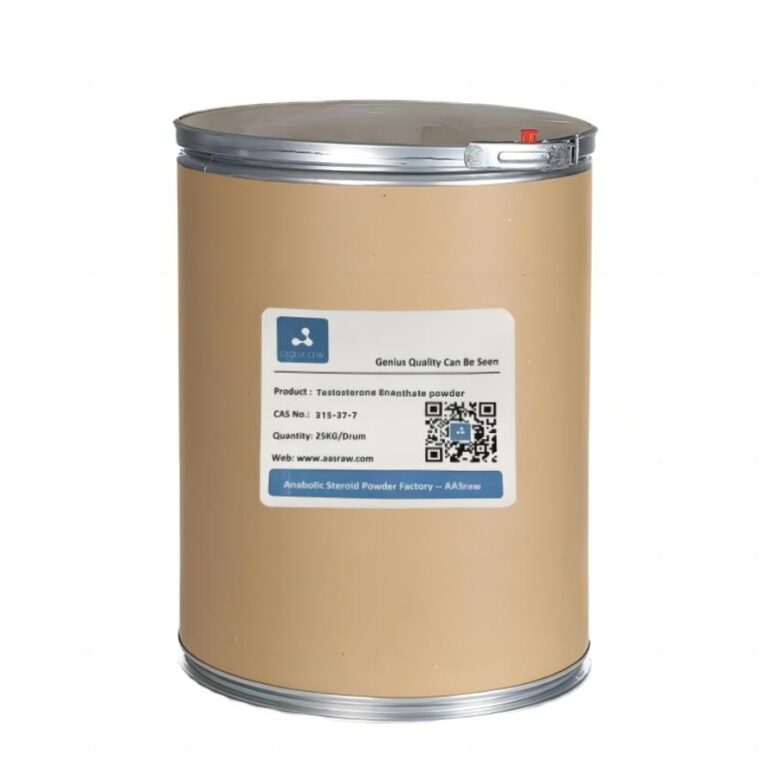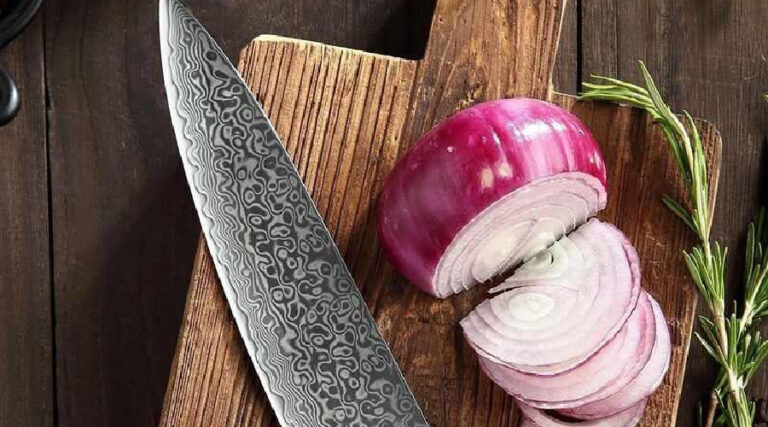How Health Socks Improve Circulation and Reduce Swelling
Socks for health, or compression socks, have gained significant attention in the healthcare and wellness industries. Designed with specific features to improve blood circulation and reduce swelling, these socks offer various benefits for people suffering from diabetes, varicose veins, and chronic venous insufficiency.
This blog post will delve into the science behind health socks, how they work, their benefits, and tips for choosing the right pair.
Understanding Circulation and Swelling
To understand how health socks work, it’s essential to grasp the basics of blood circulation and the causes of swelling:
- Blood Circulation: Blood circulation is the process by which the heart pumps blood through a network of arteries and veins. This process delivers oxygen and nutrients to the body’s tissues and removes waste products. Proper circulation is crucial for maintaining overall health and preventing various medical conditions.
- Swelling (Edema): Excess fluid accumulates in the body’s tissues. This can happen due to various reasons, such as prolonged sitting or standing, pregnancy, injury, or medical conditions like heart failure, kidney disease, or chronic venous insufficiency. Swelling often affects the legs, ankles, and feet, causing discomfort and impairing mobility.
The Science Behind Health Socks
Health socks are designed to apply graduated pressure to the legs, with the highest pressure at the ankles and gradually decreasing as they move up the leg. This pressure gradient helps improve blood flow and prevent the pooling of blood in the lower extremities. Here’s how health socks achieve these effects:
- Enhancing Venous Return: The veins in the legs have to work against gravity to return blood to the heart. In individuals with weak or damaged vein walls, blood can pool in the lower legs, leading to swelling and discomfort. Health socks compress the veins, helping them function more effectively and facilitating the upward flow of blood.
- Reducing Diameter of Distended Veins: By applying pressure to the veins, health socks reduce their diameter, which increases the velocity of blood flow. This helps prevent the formation of blood clots and reduces the risk of deep vein thrombosis (DVT).
- Supporting Muscle Pump Function: The muscles in the legs act as pumps, aiding in the return of blood to the heart. Health socks support this muscle pump function by providing external pressure, making it easier for the muscles to push blood through the veins.
Benefits of Health Socks
The use of health socks offers numerous benefits, particularly for individuals with specific medical conditions or those who spend long periods sitting or standing. Here are some key benefits:
- Improved Circulation: The primary benefit of health socks is improved circulation. By enhancing venous return, these socks help prevent blood pooling in the legs, reducing the risk of conditions such as varicose veins and chronic venous insufficiency.
- Reduced Swelling: Health socks effectively reduce swelling by preventing fluid buildup in the tissues. This is particularly beneficial for individuals with edema, pregnant women, and those recovering from surgery or injury.
- Prevention of DVT: Deep vein thrombosis is a serious condition where blood clots form in the deep veins, usually in the legs. Health socks reduce the risk of DVT by promoting healthy blood flow and preventing clot formation.
- Relief from Pain and Discomfort: For individuals with conditions like varicose veins, health socks can provide significant relief from pain and discomfort. The compression helps reduce the pressure and heaviness in the legs, making daily activities more manageable.
- Enhanced Athletic Performance and Recovery: Athletes often use compression socks to enhance performance and speed up recovery. The improved blood flow helps deliver oxygen to the muscles more efficiently, reducing muscle fatigue and soreness.
Choosing the Right Health Socks
Selecting the right pair of health socks is crucial to ensure maximum benefits. Here are some factors to consider when choosing health socks:
- Compression Level: Health socks come in different compression levels, measured in millimeters of mercury (mmHg). The appropriate level depends on the individual’s condition and needs:
- Mild (8-15 mmHg): Suitable for general use, preventing mild swelling and fatigue.
- Moderate (15-20 mmHg): Ideal for individuals with mild varicose veins, pregnancy, and travel.
- Firm (20-30 mmHg): Recommended for moderate varicose veins, edema, and post-surgical recovery.
- Extra Firm (30-40 mmHg): Used for severe varicose veins, lymphedema, and severe edema.
- Size and Fit: Proper fit is essential for the effectiveness of health socks. Measure the circumference of your ankle, calf, and sometimes the thigh, as well as the length of your leg. Most manufacturers provide sizing charts to help you find the right fit.
- Material: Health socks are made from various materials, including nylon, spandex, and cotton blends. Choose a material that is comfortable, breathable, and suitable for your skin type.
- Style and Length: Health socks come in different styles, including knee-high, thigh-high, and pantyhose. The length depends on the area where you need compression. Knee-high socks are the most common and suitable for most conditions.
- Medical Advice: Consult with a healthcare provider before choosing health socks, especially if you have a medical condition. They can recommend the appropriate compression level and style for your needs.
Tips for Using Health Socks
To maximize the benefits of health socks, follow these tips:
- Wear Them Correctly: Ensure that the socks fit snugly but are not too tight. Avoid folding or rolling the tops, as this can create constriction and reduce their effectiveness.
- Wear Them Regularly: Consistent use is key to experiencing the benefits of health socks. Wear them during activities that involve prolonged sitting or standing, during travel, and as recommended by your healthcare provider.
- Care for Your Socks: Follow the manufacturer’s instructions for washing and caring for your health socks. Proper care can extend their lifespan and maintain their effectiveness.
- Monitor Your Symptoms: Keep track of any changes in your symptoms while using health socks. If you experience increased pain, swelling, or discomfort, consult your healthcare provider.
Conclusion
Health socks are a valuable tool for improving circulation and reducing swelling. By applying graduated pressure to the legs, they enhance venous return, prevent blood pooling, and provide relief from pain and discomfort. Whether you have a medical condition or simply want to improve your leg health, choosing the right pair of health socks can make a significant difference. Consult with a healthcare provider to determine the best compression level and style for your needs, and enjoy the benefits of healthier, more comfortable legs.
Explore the latest trends and insights at NextWeBlog.com!






